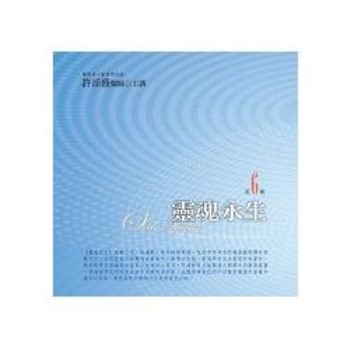The Quantum Physics of Atomic Frequency Standards: Recent Developments, Second Edition, covers advances in atomic frequency standards (atomic clocks) from the last several decades. It explains the use of various techniques, such as laser optical pumping, coherent population trapping, laser cooling, and electromagnetic and optical trapping, in the implementation of classical microwave and optical atomic frequency standards.
It provides an up-to-date, in-depth view of the vast improvements to atomic clocks that have occurred in the last 25 years. The improved stability and accuracy enable the verification of physical concepts used in fundamental theories, such as relativity, as well as the stability of fundamental constants intrinsic to those theories.
The book first discusses improvements to conventional atomic frequency standards, highlighting the main limitations of those frequency standards and the physical basis of the limitations. It then describes how advances in the theory and applications of atomic physics have opened new avenues in frequency standards. The authors go on to explore the research and development of new microwave and optical frequency standards before presenting the results in frequency stability and accuracy achieved with these new frequency standards. They also illustrate the application of atomic clocks in metrology, telecommunications, navigation, and other areas and give some insight into future work.
This new edition examines updated developments on the frequency standards, alongside content on the International System of Units (SI) and the role of atomic clocks on their base units. It also features new material on Coherent Population Trapping and new developments in the field of optical frequency standards.
Key Features:
- Describes the basic physics, including quantum mechanics, behind the operation of atomic clocks.
- Explores new frequency standards that provide better stability and accuracy than older, more conventional standards.
- Discusses the importance of the field in the general context of physics.
Jacques Vanier is retired from the National Research Council of Canada and as adjunct professor in the Physics Department at the University of Montreal. He is a fellow of the Royal Society of Canada, the American Physical Society, and the Institute of Electrical and Electronic Engineers. He has written more than 120 journal articles and proceedings papers and is the author of several books on masers, lasers, and atomic clocks. His main research work is oriented toward the understanding and application of quantum electronics phenomena.
Cipriana Tomescu is retired from The Institute of Physics, Bucharest, Romania, and as invited researcher in the Physics Department at the University of Montreal. She is the author of numerous articles in scientific journals and conference proceedings. Her research involves state-of-the-art atomic frequency standards and H masers.












